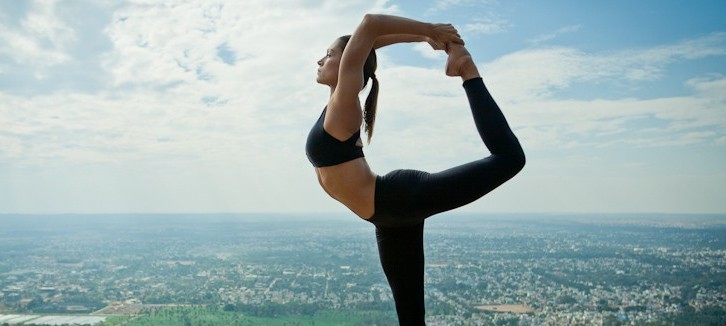For some time now, street running has become one of the most popular sports in Brazil and a modality that has been increasingly sought after is mountain running or “trail running”. Many people start running and are attracted by this variety due to the possibility of contact with nature, getting to know different scenarios, and having new surprises and challenges. Unfortunately, most people still think it’s just “put on your sneakers and get out on the trail”; but, due to not having adequate previous preparation, he ends up injuring himself. Pilates can be an important ally to the mountain runner, serving as a complement to the sport. Exercises trained in class can prevent injuries and even improve the athlete’s performance. Check out five benefits of pilates for mountain running:
1- Breathing: Like any aerobic physical activity, mountain running requires good breathing conditioning and may require more: mountain running means exercising at higher altitudes where the air is thinner. Pilates has breathing as one of its principles and, therefore, this skill is trained in every exercise performed.
2-Spine Alignment: Many athletes run with poor spinal posture. On the mountain, due to going up and down, the runner tends to lean even more forward on the way up and back on the way down; but he cannot do this at the expense of increased thoracic hyperkyphosis or lumbar hyperlordosis, respectively. Pilates works on the “axial growth” of the spine, with its stabilization by the muscles of the powerhouse (including the abdomen and paravertebral), thus ensuring the maintenance of the physiological curvatures of the spine and reducing the risk of back pain.
3-Strengthening and muscle balance of the lower limbs: also due to the ups and downs, the athlete who runs on trails needs a good muscle balance in his legs to slow down his body during a descent, for example. For this, the muscles of the legs, thighs, and hips must be strong and prepared to contract at the right moment and prevent a stretch.
4-Increased dynamic flexibility: Pilates uses a lot of dynamic stretches, that is, it requires large joint ranges during movements. This stretch is different from holding a body segment in a stretch position for 20 or 30 seconds, because in dynamic stretching, the antagonist muscle to the stretch is straining to perform the movement, and the agonist is working eccentrically, controlling the movement. In this way, we are working in a more functional way, as we use it in our day-to-day activities and in sports. Dynamic flexibility is very much in demand in mountain running, for example in the calves and hamstrings during a climb.
Mountain running is on the rise and has more and more followers, but it is important to raise awareness among athletes so that the sport is carried out with proper preparation and minimization of risks. And pilates is a great alternative.
Discover more from Pilates All Ages
Subscribe to get the latest posts sent to your email.
